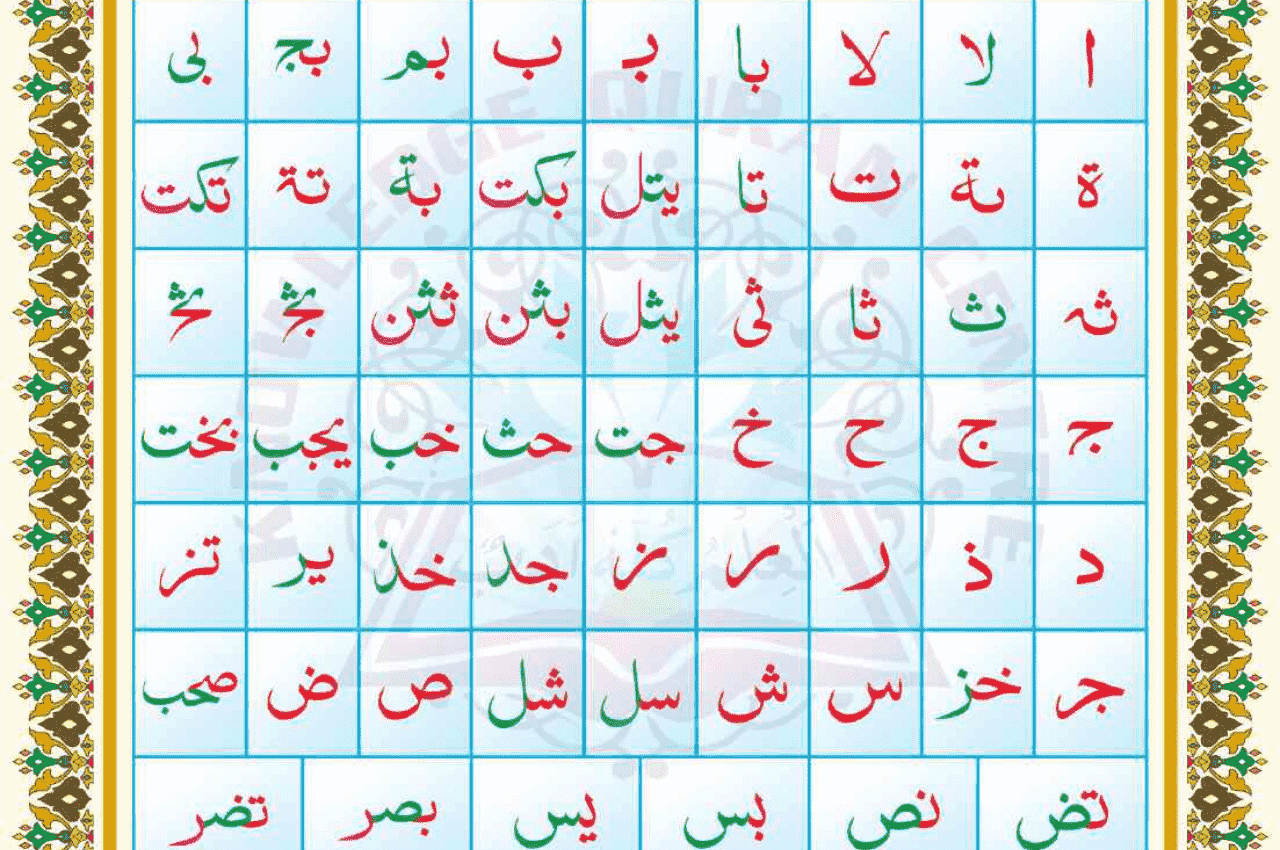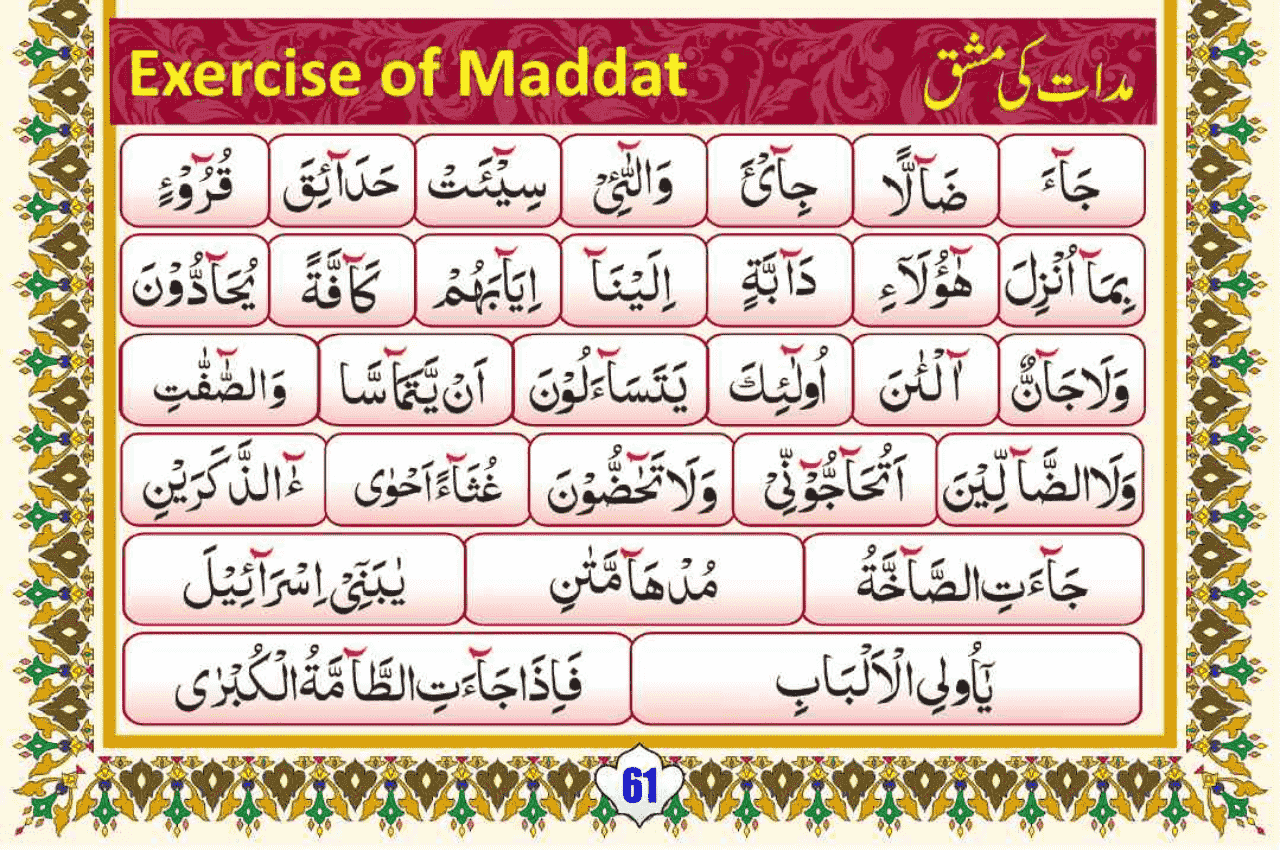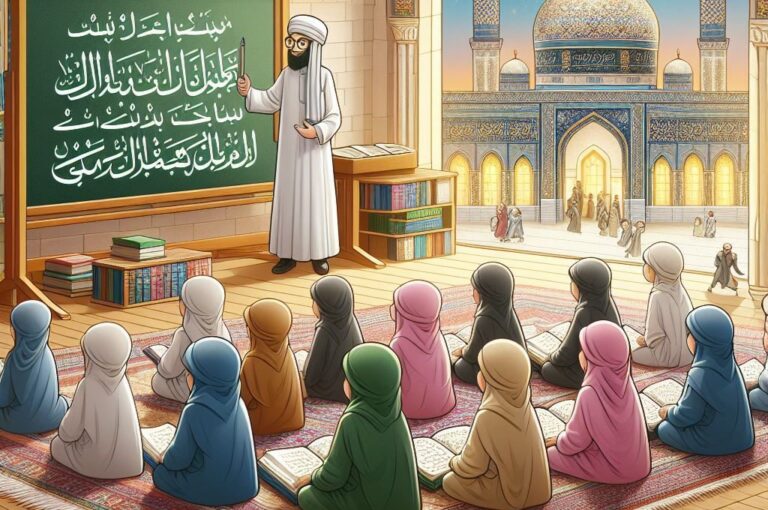Discovering the Beauty of Noorani Qaida Lessons for Beginners
It’s a journey that begins with the child’s first step into the vast world of reading the Holy Quran. Noorani Qaida lessons, often the beginning in a child’s Islamic educational journey, is a foundational text that paves the way for reading Quranic Arabic. Noorani Qaida lessons are structured in a manner that builds layer upon layer, enhancing the student’s knowledge progressively.
As a beginner, eager to enhance your Quranic reading skills or a tutor guiding a learner, grasping the nuances of Noorani Qaida can significantly impact the quality and depth of Quranic education. In this comprehensive guide, we are delving into each lesson of this seminal text to provide clarity and insights that will enrich your teaching or learning experience.
Noorani Qaida Lessons-An Overview

Embarking on the journey of learning Qaida is similar to exploring an ancient treasure, where each page turn reveals gems of linguistic mastery. This book holds the key to unlocking the profound beauty and intricate structure of the Arabic language. Every lesson within Noorani Qaida is a stare-step to build the reader’s confidence, urging towards fluent reading. For beginners the lessons of Qaida offer not just instruction, but a pathway to effective Quranic learning:
Understanding the Dots
Dots are integral part of Arabic letters. Noorani Qaida Lesson 1 teaches the recognition of Dots. Dots distinguish between letters. The first script of Quran did not have dots. Arabs can read it without dots. The first person who put dots in Quran was Abul-Aswad-Al-Doli (69 A.H).
Arabic Alphabets with Tajweed
Usually, Noorani Qaida lesson 2 is as fundamental as its name suggests. It introduces the 30 Arabic alphabets. These alphabets are considered the building blocks of Quranic script. In this chapter, the focus of every learner is to memorized the shape of every letter. These letters are taught with distinct pronunciation and sound.
For the learner, mastering the correct pronunciation is important, as any deviation can change the meaning of words drastically. So, it is ensured that from the start, learners are equipped with the correct pronunciation. Each Arabic letter is pronounced from its assigned Makhraj (point of articulation) to ensure precision and clarity in recitation.
This chapter sets the foundation, so it demands patience and practice from the learner.
Joining Alphabets and Basic Words
Noorani Qaida lesson 3 focuses to syllables. Single alphabets are joined to form words. This process symbolizes the blend of sounds that is unique to Arabic. An array of simple to moderate words are introduced in this chapter, encouraging learners to practice joining letters with fluency.
Featuring regular, everyday words, this practice sweetens the deal, as students not only learn to recite but also understand and use common vocabulary.
Harakat and Short Vowels
The concept of Harakat in Arabic introduces the short vowels, guides the student to correct pronunciation within a word. Absence or presence of Arabic Harakat often decides the nature and meaning of the word. Noorani Qaida lesson 4 elaborates short vowels in detail. Understanding these short vowel sounds also known as Fat’ha, Kasra, and Dhamma, are most important to understand the exact word and its meaning. This chapter simplifies these short vowels and highlights the role they play in the phonetic landscape of Arabic.
Tanween
The addition of Tanween marks the implementation of symbols. Tanween in Arabic, graphically denoted by doubling the short vowel marks, indicates double Fatha, Kasra and Dhamma. Noorani Qaida Lesson 5 discuss it in detail. It’s a fascinating leap for students, fostering deeper comprehension of how words are assembled in Arabic.
Long Vowels
The introduction of long vowels extends the melody of the Arabic language. Reading the Arabic words with long vowels beautify the Quranic recitation. In Noorani Qaida lesson 6, students learn to prolong the sounds of Alif, Waw, and Ya, when it comes after short vowels, enriching their recitation with fluid elegance.
Sukoon
Sukoon, another vital concept, Noorani Qaida lesson 7 elaborates, is the absence of a vowel sound. Represented as a circle on a letter, Sukoon is the ‘silent sign’ that pedagogically teaches the young learners the subtle dynamics of Arabic grammar and phonetics.
Shaddah
Shaddah is a gem in the Arabic grammar. It signifies double consonant or a consonant that is pronounced with ‘emphasis’. Arabic words with shaddah are pronounced with emphasis. This feature enriches the beauty of Quran and aids in correct articulation of words.
Madd
Madd is also called elongation. The concept of Madd in Arabic extends the vowel sound, typically for twice the normal duration. This chapter elaborates the rules for extending the madd, a critical element in maintaining the correct length while reciting the Quran.
Noorani Qaida lesson 17 exemplifies the elongation enhancing the elegance of Quranic recitation. These rules require attentive learning and ensure that the reciter does justice to the divine text.
Conclusion
Mastering Noorani Qaida lessons, is not just a preliminary step but a pivotal one for a rewarding journey of Quranic education. Each lesson is designed to equip the learner with incrementally advanced skills and concepts. As we wrap up, it’s essential to understand that the commitment to these early stages will reflect in the fluency and beauty of Quranic recitation in the future.
The journey from Noorani Qaida lessons to the Quran reading is a passage of understanding and devotion. Each chapter is a treasure trove of knowledge, waiting to be unearthed by the diligent learner. For students, this is the bedrock of their Islamic education. For tutors, it’s an opportunity to shape powerful reciters and interpreters of the Quranic message. The more deeply one delves into these foundational teachings, the richer the understanding and the more poignant the experience of interacting with the Holy Quran.
Embrace each lesson with reverence and understanding. Invest time, energy, and relentless pursuit of precision. For in these basic lessons lie the essence of the Holy Quran, and unlocking their secrets is an honorable endeavor – one that promises to bring joy and enlightenment to the heart.









